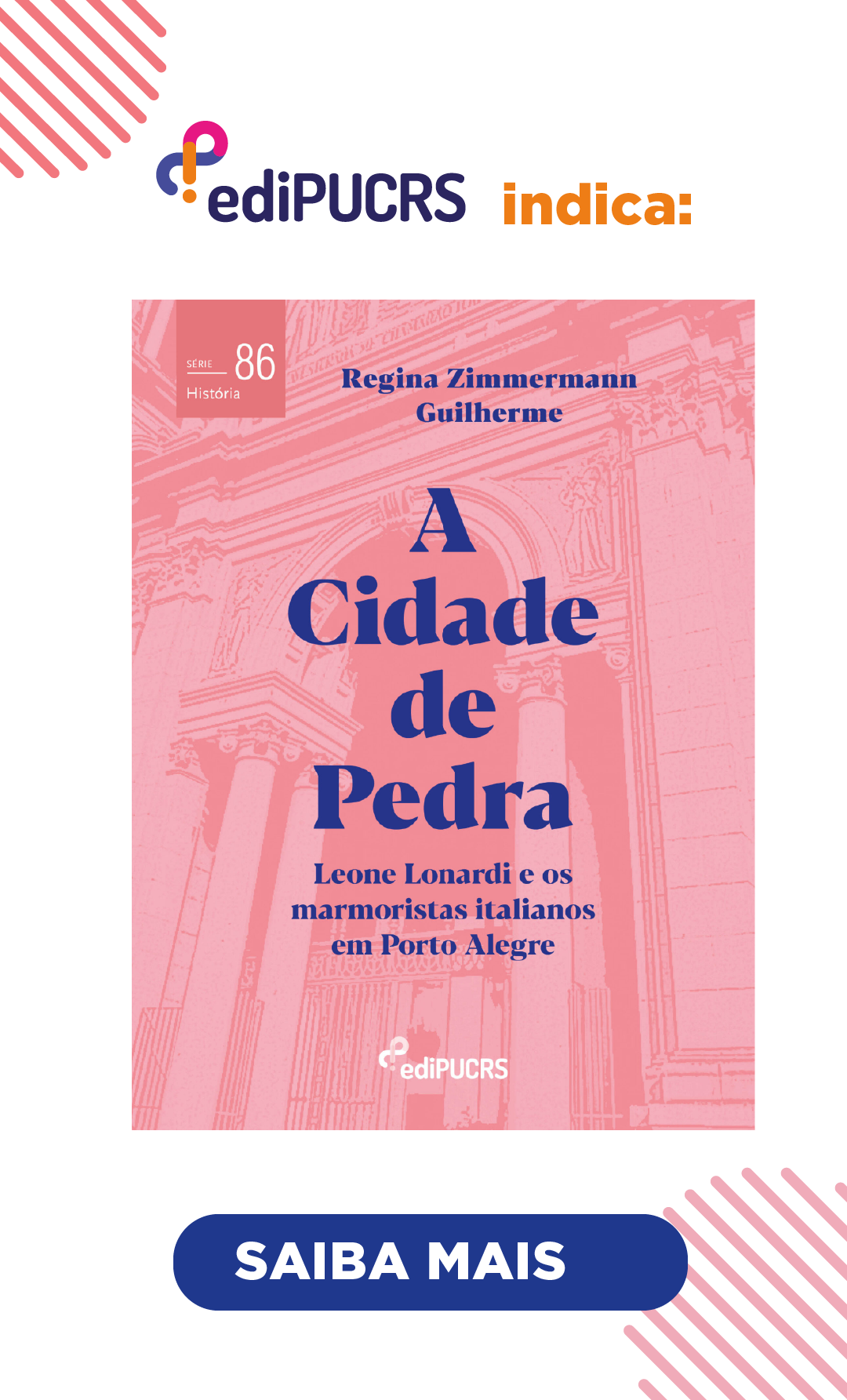Fotografía y antropogénesis: el mejor amigo del hombre
DOI:
https://doi.org/10.15448/1980-864X.2018.1.27487Palabras clave:
fotografía, perros, enanos, máquina antropológica.Resumen
Investigando como la filosofía ha pensado la distinción humano/animal. Giorgio Agamben ha concluido que todo concepto de la humanidad tanto incluye cuanto excluye el animal. El llamó a ese dispositivo “máquina antropológica”, el proceso que produce separaciones y reconciliaciones entre la humanidad y la animalidad (como, por ejemplo, las relaciones entre el cuerpo y el alma). En esta máquina hay una zona de indeterminación donde es posible percibir la tensión entre las personas y los animales, donde se detiene el movimiento de la separación y la máquina muestra sus engranajes. ¿Es posible sorprender ese momento? ¿Es posible visitar a ese lugar? La premisa de esta investigación es que la cámara fotográfica, como máquina antropológica, tiene su rol antropogénico más evidente cuando los seres humanos son fotografiados en compañía de perros. Con base en obras de pintores como Velásquez y Rembrandt, y fotógrafos como Robert Capa y William Wegman, buscase justificar esa premisa.
Descargas
Citas
AGAMBEN, Giorgio. The Open: Man and Animal. Stanford: Stanford University Press, 2004.
BAILLY, Jean-Christophe. El Animal como pensamiento. Santiago: Metales Pesados, 2014.
BARTHES, Roland. A Câmara Clara. Lisboa: Edições 70, 1979.
BENJAMIN, Walter. Obras Escolhidas I. São Paulo: Brasiliense, 1985.
BENJAMIN, Walter. Obras Escolhidas II. São Paulo: Brasiliense, 1987.
BENJAMIN, Walter. Radio Benjamin. London: Verso, 2014.
BORGES, Jorge Luis. “O Imortal”. In: O Aleph. São Paulo: Globo, 1996.
CADAVA, Eduardo. Words of Light. Princeton: Princeton University Press, 1992.
CRASKE, Matthew; FEEKE, Stephen. Hounds in Leash. The Dog in 18th and 19th Century Sculpture. Leeds: Henry Moore Foundation, 2000.
DELEUZE, Gilles; GUATTARI, Félix. Kafka, por uma literatura menor. Rio de Janeiro: Imago, 1977.
FOUCAULT, Michel. As Palavras e as Coisas. São Paulo: Martins Fontes, 1992.
HEIDEGGER, Martin. Os Conceitos fundamentais da Metafísica: Mundo – Finitude – Solidão. Rio de Janeiro: Forense Universitária, 2015.
HEMPEL, Amy. “William Wegman; the artist and his dog”. The New York Times Magazine (New York), 29/11/1987. Disponível em: <http://www.nytimes.com/1987/11/29/magazine/williamwegman-the-artist-and-his-dog.html?pagewanted=all>. Acesso em: 21 maio 2017.
HESSE, Herman. The Fairy Tales of Hermann Hesse. Londres: Bantam Books, 1995.
KAFKA, Franz. “Investigações de um cachorro”. In: A Muralha da China. São Paulo: Exposição do Livro, s/d.
LEACH, Maria. God had a dog; folklore of the dog. New Brunswick: Rutdgers University Press, 1961.
LETTERMAN, David. “William Wegman and his dog Man-Ray on David Letterman” (David Letterman Show). Disponível em: <https://www.youtube.com/watch?v=6gsrIGeS_qQ>. Acesso em: 21 maio 2017.
LÉVI-STRAUSS, Claude. La Pensée sauvage. Paris: Plon, 1962.
LEVINAS, Emmanuel. “Nombre de un perro, o el derecho natural”. In: Difícil Libertad. Buenos Aires: Lilmod, 2004.
MORTON, Stephen. “Troubling Resemblances, Anthropological Machines and the fear of wild animals: Following Derrida after Agamben”. In: TURNER, Lynn. The Animal Question in Descontruction. Edinburgh: Edinburgh Universty Press, 2013.
NIETZSCHE, Friedrich. Twilight of the idols. Middlesex: Penguin Books, 1972.
STRATTON-PRUITT, Suzanne L. “Introduction” in: Velasquéz’s Las Meninas. Cambridge: Cambridge University Press, 2003.
SWANTON, John R. Tlingit Myths and Texts. Bureau of American Ethnology Bulletin, n. 39, 1909. Disponível em: <http://sacredtexts.com/nam/nw/tmt/tmt005.htm>.
WEGMAN, William. William Wegman Short Films [1972]. Disponível em: <https://www.youtube.com/watch?v=9xYxxcqbPeU>. Acesso em: 21 maio 2017.
Descargas
Publicado
Cómo citar
Número
Sección
Licencia
Derechos de autor 2018 Mauricio Lissovsky

Esta obra está bajo una licencia internacional Creative Commons Atribución 4.0.
Derechos de Autor
La sumisión de originales para la Estudos Ibero-Americanos implica la transferencia, por los autores, de los derechos de publicación. El copyright de los artículos de esta revista es el autor, junto con los derechos de la revista a la primera publicación. Los autores sólo podrán utilizar los mismos resultados en otras publicaciones indicando claramente a Estudos Ibero-Americanos como el medio de la publicación original.
Creative Commons License
Excepto donde especificado de modo diferente, se aplican a la materia publicada en este periódico los términos de una licencia Creative Commons Atribución 4.0 Internacional, que permite el uso irrestricto, la distribución y la reproducción en cualquier medio siempre y cuando la publicación original sea correctamente citada.






